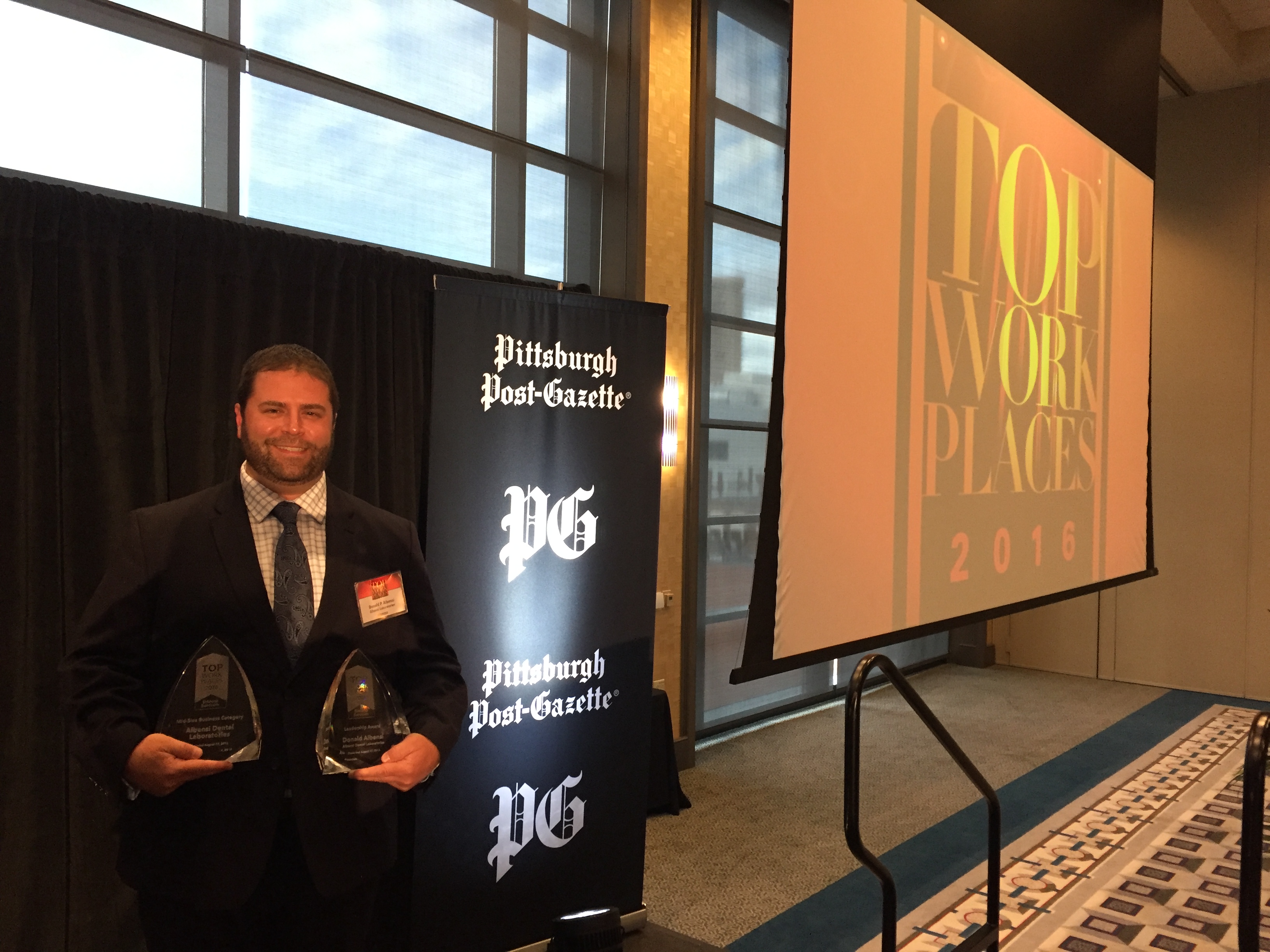Dentists are less likely to prescribe antibiotics after they receive a personalised report detailing their past prescription rates, according to a randomised controlled trial of UK dentists published in PLOS Medicine, by Linda Young, NHS Education for Scotland, UK, Jan Clarkson, University of Dundee and Craig Ramsay, Health Services Research Unit, University of Aberdeen, and colleagues.
Dentists prescribe about 10 percent of the antibiotics dispensed in UK community pharmacies. Previous studies have found that, despite clear clinical guidelines, they often prescribe antibiotics in the absence of clinical need. To test an "audit and feedback" intervention to reduce these inappropriate prescriptions, the RAPiD (Reducing Antibiotic Prescribing in Dentristry) trial relied on dental prescribing and treatment claim data that was already routinely collected by the National Health Service. The researchers randomly assigned all 795 antibiotic prescribing general dentist practices in Scotland (a total of 2566 dentists) to either receive or not receive a graph plotting their monthly antibiotic prescribing rate. A random subset of practices in the intervention group also received a written behaviour change message reiterating national recommendations.
At the start of the trial, the total number of antibiotics prescribed per 100 NHS treatment claims was 8.3 in the control group and 8.5 in the intervention group. Over the 12 months following the start of the intervention, dentists in the control group practices prescribed antibiotics at a rate of 7.9 per 100 claims, and dentists in the intervention group practices at a rate of 7.5, representing a 5.7% reduction in antibiotic prescriptions in the intervention group relative to the control group. Furthermore, dentists who received a written behaviour change message had an even greater reduction, of 6.1% relative to intervention dentists who did not receive this message.
While the findings suggest that providing individualised graphical feedback derived from routinely collected data can reduce the antibiotic prescribing rate of dentists, it was not possible to evaluate the impact on the quality or appropriateness of dentists' antibiotic prescribing in this study.
"The feedback provided in this study is a relatively straightforward, low cost public health and patient safety intervention that could potentially help the entire healthcare profession address the increasing challenge of antimicrobial resistance," the authors say.
Research Article
Funding:
This study was conducted as part of the TRiaDS programme of implementation research which is funded by NHS Education for Scotland (NES). The Health Services Research Unit which is funded by the Chief Scientist Office of the Scottish Government Health and Social Care Directorates supported the study. The funder had no influence over the design, conduct, analysis and write up of the study.
Competing Interests:
I have read the journal's policy and the authors of this manuscript have the following competing interests: Authors LY and JEC are employed by NHS Education for Scotland, which is responsible for supporting NHS services in Scotland by developing and delivering education and training for those who work in NHS Scotland. Author AE declared that during the course of the study, he was in paid full-time employment firstly by the University of Aberdeen and subsequently by Glasgow Caledonian University. The research was carried out on behalf of the TRiaDS Research Methodology Group (of which AE is a member). This group is funded by NHS Education for Scotland. No other competing interests exist.
Citation:
Elouafkaoui P, Young L, Newlands R, Duncan EM, Elders A, Clarkson JE, et al. (2016) An Audit and Feedback Intervention for Reducing Antibiotic Prescribing in General Dental Practice: The RAPiD Cluster Randomised Controlled Trial. PLoS Med 13(8): e1002115. doi:10.1371/journal.pmed.1002115
Author Affiliations:
NHS Education for Scotland (NES), Dundee Dental Education Centre, Frankland Building, Dundee, United Kingdom Dental Health Services Research Unit (DHSRU), University of Dundee, Park Place, Dundee, United Kingdom Health Services Research Unit (HSRU), University of Aberdeen, Health Sciences Building, Foresterhill, Aberdeen, United Kingdom NMAHP Research Unit, Glasgow Caledonian University, Cowcaddens Road, Glasgow, United Kingdom
IN YOUR COVERAGE PLEASE USE THIS URL TO PROVIDE ACCESS TO THE FREELY AVAILABLE PAPER:https://journals.plos.org/plosmedicine/article?id=10.1371/journal.pmed.1002115
###
Contact:
Linda Young
NHS Education for Scotland
Dundee Dental Education Centre
Smalls Wynd
Dundee, DD1 4HN
UNITED KINGDOM
4-0-1382740912










